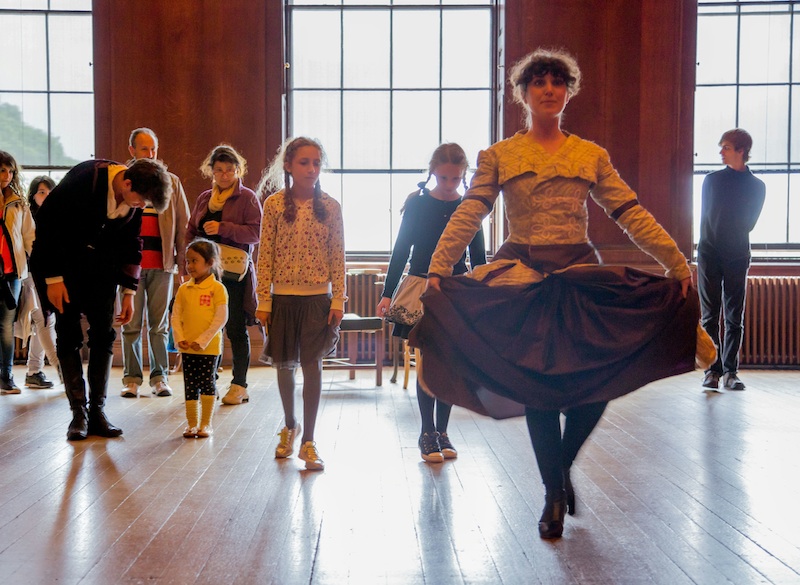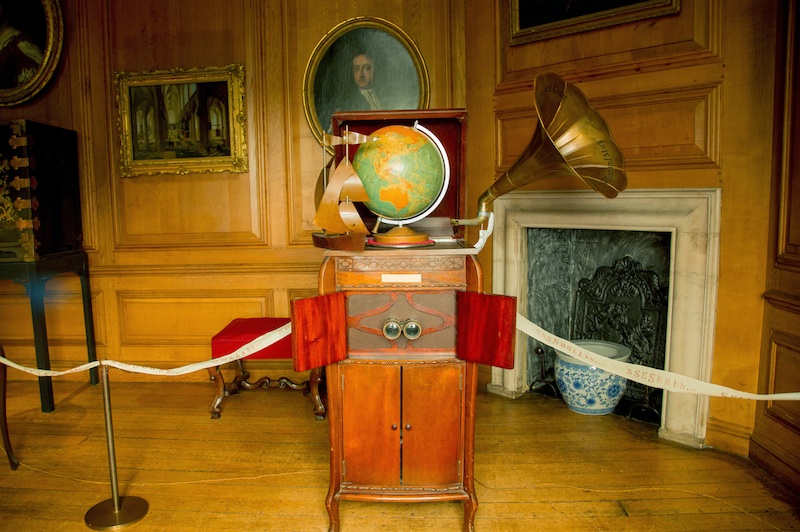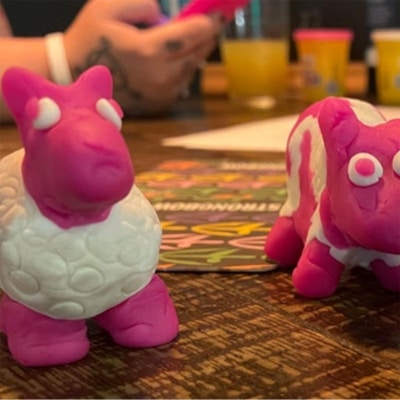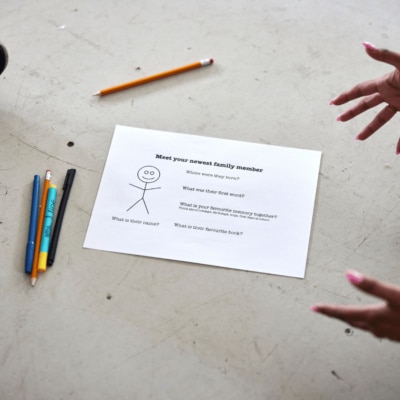Kensington Palace: a happy marriage of arts and heritage ambition
Posted on November 11th, 2013

This article was originally posted on The Guardian’s Culture Professionals Network.

Kensington Palace: ‘Is there another way?’
Storytelling is key for Historic Royal Palaces (HRP). But to draw in the widest possible visitor base to our five historic sites, we need to tell those stories in imaginative ways. Monarchs over many generations have employed artists, architects and craftsmen to decorate and furnish the state apartments at Kensington Palace, and in this spirit, we continue to encourage the use of the palace as inspiration for talented artists of our generation.
But too often in the past, these projects, if exciting, were transient. The moment to be bolder came in 2010 when the palace embarked on a two-year building project. We had a dilemma: did we shut the palace to visitors, or was there another way? The team devised a plan to keep the state apartments accessible using the skills of theatre-makers WildWorks, who created a magical, multi-stranded experience, Enchanted Palace, which ran through 2010 and 2011.
Our experience with WildWorks showed us that with the right theatre-maker partner we could transform the visitor from passive observer to active participant. So when the palace opened again in 2012, we chose Coney, a young theatre company with a reputation for making clever games, to help us in our next interpretive adventure.
Coney employed a team of artists and designers to make a series of installations in the 17th-century queen’s apartments to tell the melancholy tale of the end of the Stuart dynasty that played out in those very rooms. And in the grand king’s apartments they made a game that allowed visitors to explore what it took to become an 18th-century courtier. Coney’s work has made things that might appear ordinary become mythic, and the extraordinary, human.
What’s more, their surprising and dispassionate questioning of our traditional ways of working have made us thoughtful and critical of some of our conventions. They have been a powerful agent for change in our organisational culture – having drawn everyone into the making of their work, each of us has become its passionate advocate. Our front-of-house teams have blossomed under the tutelage of theatre practitioners. Their talents, hidden in the ‘silent palace’ world dominated by the audio-tour, have blossomed and they now confidently hold participatory ‘salons’, debating the hot topics of the 18th-century court with as many of our visitors as are game.
But while many may be delighted by this new experience, for others it is unwelcome. For those visitors our ‘palaceness’ – a quiet, contemplative environment in which to view great works of art – is sacrosanct, and they see any change as disrespectful. Can you please all people all of the time? We have tried to find ways of smoothing the way for visitors who found new ways of experiencing the palace unfamiliar.
Coney’s work, too, has changed and developed massively over 18 months to react to new circumstances. How do you deal with more visitors than you planned for, or when those visitors take your props home with them? The company has addressed each twist and turn with interest. We would never call our great adventure plain-sailing and we have dealt creatively with a good number of unexpected outcomes along the way. And so the adventure continues.
Dr Joanna Marschner is senior curator at Kensington Palace – follow Historic Royal Palaces on Twitter @HRP_palaces
Coney: ‘As artists, we respond to the why’
Entering Kensington Palace to present our ideas was an intimidating prospect at first. It felt like a terra nova for our company. Coney makes immersive theatre and story-worlds to engage audiences in play; we weave together theatre and game design to create dynamic shows and experiences. We had worked with museums before, but we had never worked with a palace.
Of course we were taken in by its architecture, but the real excitement lay in uncovering its social tapestry. In early exploratory visits, we were dazzled and baffled by the knowledge and stories of the palace teams. The broader HRP community, including audiences and community groups, are also rich in expertise and we wanted to include as much of it as possible.
So when the time came, we proposed a process rather than a grand artistic vision. And from that process we created House of Cards, a playful theatrical installation and interactive performance contrasting the splendour of the court’s public face with the secret intrigues and hidden intimacies of its private lives.
Working in a complex environment like the palace – a building that has to balance lots of agendas, stakeholders, audiences and expectations – brings a complex set of problems. In theatre you make work for an audience that chooses to come and be taken on a journey. In the palace, work is found, almost stumbled upon. This unexpected nature thrills many but you have to make clear to the audience how they can interact very early on. We’ve learned that framing is everything when creating unexpected work. Even now, I occasionally wish I could start again with that knowledge informing our creative choices from the beginning.
We encouraged a mutual openness about any problems that arose and kept an honest dialogue with the palace about audience response and any bottlenecks. All of Coney’s projects are responsive and developed through dialogue, including playtests, sharings and conversations with audiences and experts. In working with the palace this process became more important than ever.
If we have not always agreed, everyone at least took the time to explain why they had reached a certain position. As artists, we could then respond to the why: the reason behind a need for change. That allowed us to come up with alternative, interesting solutions that were theatrical and in keeping with the artistic vision.
That process we initially proposed has never really ended; the project has continued to evolve. We have worked with visiting artists to incorporate new commissions and created special scenes and content around Lucy Worsley’s BBC TV series, Fit to Rule. Our production team is on site every week to respond to the daily ebbs and flows of a palace – everything from the installation of priceless historical objects to security issues around real-life royals.
And in the week that another young family move into the palace, Coney bid it farewell in the knowledge that change and flexibility at the core of this collaboration have proved its true strength too.
Annette Mees is co-director of Coney – follow the company on Twitter @agencyofconey and Annette @AnnetteMees

House of Cards in the King’s Apartments is now closed, but you can enjoy our magical installation in the Queen’s Apartments until March 2014.
Back to all posts




